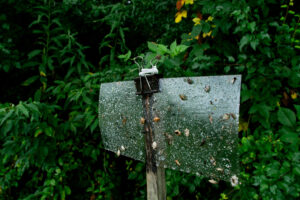
WNC Orchard Insect Pest Populations - September 7, 2023
With apple harvest fully underway, this will be the last insect update of 2023. During the past 7 to 8 …


El inglés es el idioma de control de esta página. En la medida en que haya algún conflicto entre la traducción al inglés y la traducción, el inglés prevalece.
Al hacer clic en el enlace de traducción se activa un servicio de traducción gratuito para convertir la página al español. Al igual que con cualquier traducción por Internet, la conversión no es sensible al contexto y puede que no traduzca el texto en su significado original. NC State Extension no garantiza la exactitud del texto traducido. Por favor, tenga en cuenta que algunas aplicaciones y/o servicios pueden no funcionar como se espera cuando se traducen.
Inglês é o idioma de controle desta página. Na medida que haja algum conflito entre o texto original em Inglês e a tradução, o Inglês prevalece.
Ao clicar no link de tradução, um serviço gratuito de tradução será ativado para converter a página para o Português. Como em qualquer tradução pela internet, a conversão não é sensivel ao contexto e pode não ocorrer a tradução para o significado orginal. O serviço de Extensão da Carolina do Norte (NC State Extension) não garante a exatidão do texto traduzido. Por favor, observe que algumas funções ou serviços podem não funcionar como esperado após a tradução.
English is the controlling language of this page. To the extent there is any conflict between the English text and the translation, English controls.
Clicking on the translation link activates a free translation service to convert the page to Spanish. As with any Internet translation, the conversion is not context-sensitive and may not translate the text to its original meaning. NC State Extension does not guarantee the accuracy of the translated text. Please note that some applications and/or services may not function as expected when translated.
Collapse ▲
With apple harvest fully underway, this will be the last insect update of 2023. During the past 7 to 8 …
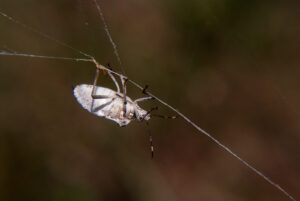
Emergence of first generation adults of the brown marmorated stink bug ranges from about 15% (Henderson County) to 67% …
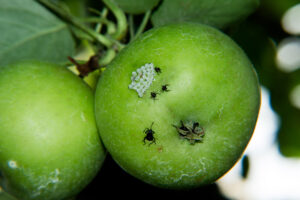
Based on the degree-day model, emergence of the brown marmorated stink bug is underway in most areas, with DD …
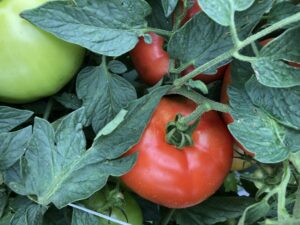
Late blight on tomato has been confirmed on an organic vegetable farm in Henderson County, NC on 7 Aug …
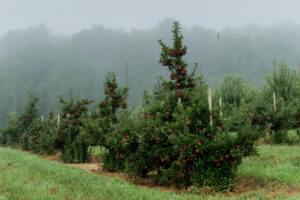
We are approaching that time of the year when codling moth and oriental fruit moth (OFM) populations become less …
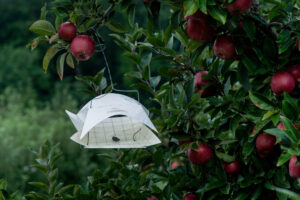
I apologize for the delayed update this week, but travel and field work has set us behind. The pest …
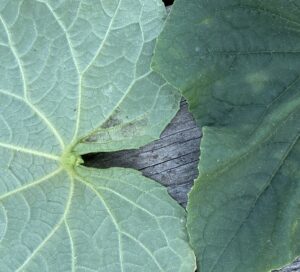
Cucumber downy mildew (CDM) has been confirmed on cucumber plant samples from a research plot at the Mountain Research …
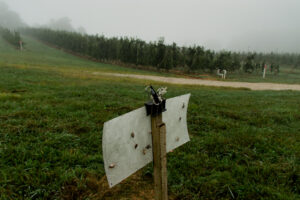
Egg hatch of the second and third generation of codling moth and oriental fruit moth are about 25% complete, …
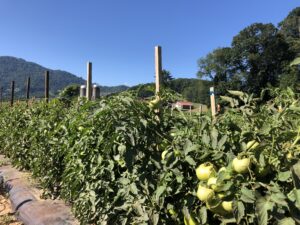
Vegetable growers in western North Carolina: Be on the lookout (BOLO) for late blight on tomato and cucurbit downy …
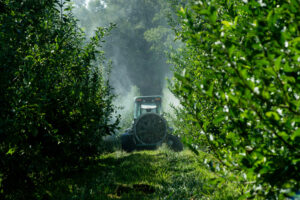
Codling moth populations remain low in the vast majority of orchards, and under those conditions a single insecticide targeting …
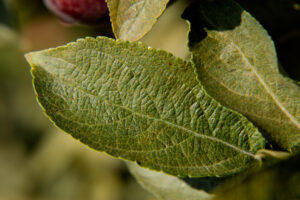
In lower elevation orchards (e.g., Cleveland County and nearby locations), second generation codling moth is at about 12% egg …
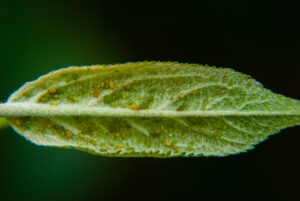
Throughout the region, we are still in the period when the threat of damage by direct pests, including codling …
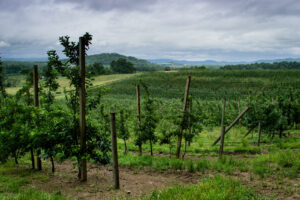
Across the region, we are in a period where the three major direct pests (codling moth, oriental fruit moth …
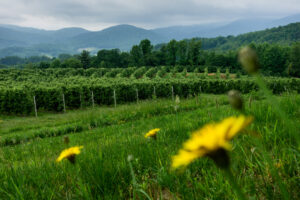
As has been the case for the past couple of weeks, and will be for the next few weeks, …
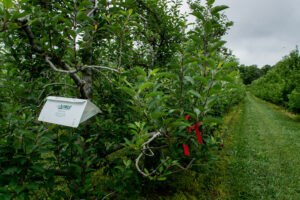
The codling moth remains the key pest at this time, and relatively warm temperatures during the past week have …
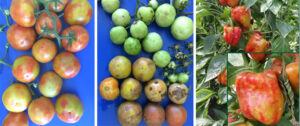
Tomato brown rugose fruit virus (ToBRFV) was detected on some tomato seeds from a seed company called Fruition Seeds …
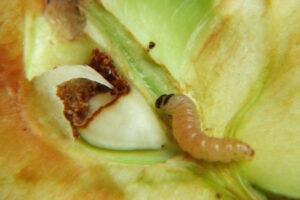
The abrupt increase in temperatures has accelerated emergence of first generation codling moth, which is the key pest of …
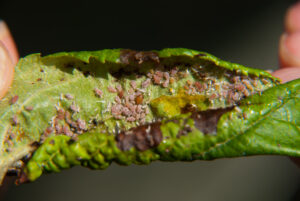
Codling moth is the main pest of concern at this time. With biofix dates of April 1st and 7th …

Sorry about starting the pest updates a little late this year, but it’s taken us a while to get …

Oil or No Oil Pre-bloom: What are the Consequences? The primary goal of pre-bloom apple pest management is to suppress …

This factsheet discusses symptoms and control of several leaf diseases common in North Carolina blueberry …

NC State conducted a strawberry Neopestalotiopsis (Neo-P) trial at the Horticultural Crops Research Station in …
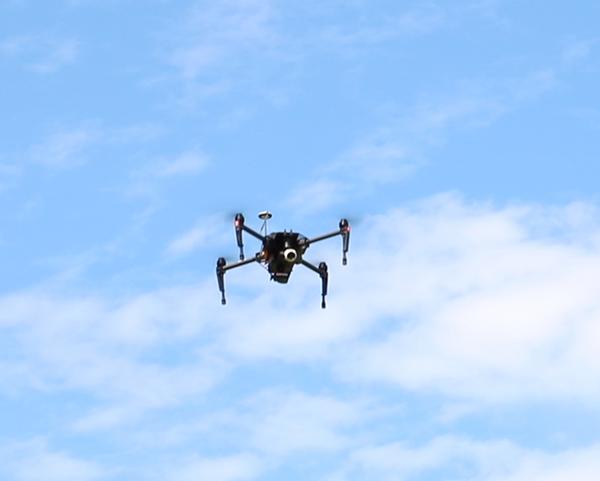
This publication discusses flying unmanned aerial vehicles (drones, model aircraft) for commercial purposes. You'll learn …

This publication reviews research between the late 2000s and the 2020s to explore trends shaped …

This article will cover two important scale insect pests of blueberries in North Carolina, terrapin …
Much success in growing tomatoes can be attributed to use of a few proven techniques. …
This publication discusses growing and harvesting head lettuce, the most important salad vegetable grown in …
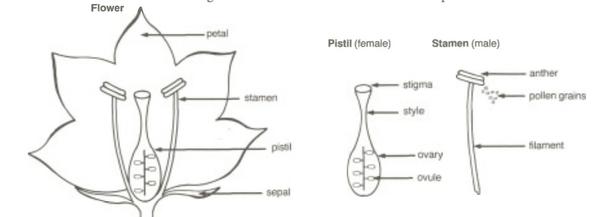
This guide presents basic facts about seeds, including how they develop, how to store and …